13 Ideas for Creating the Lush Backyard of Your Dreams
Grow big and stay home


A beautiful lawn can make your neighbors green with envy, but today’s backyards are more about outdoor living than mere grass can contain. From pollinator-friendly plants to drought-tolerant landscaping to a floral archway fit for a queen, your backyard can be anything but garden-variety. If you’re on the fence about just how you want to make over your backyard, these 13 ideas will help.
1. Cultivate a Japanese-Inspired Garden
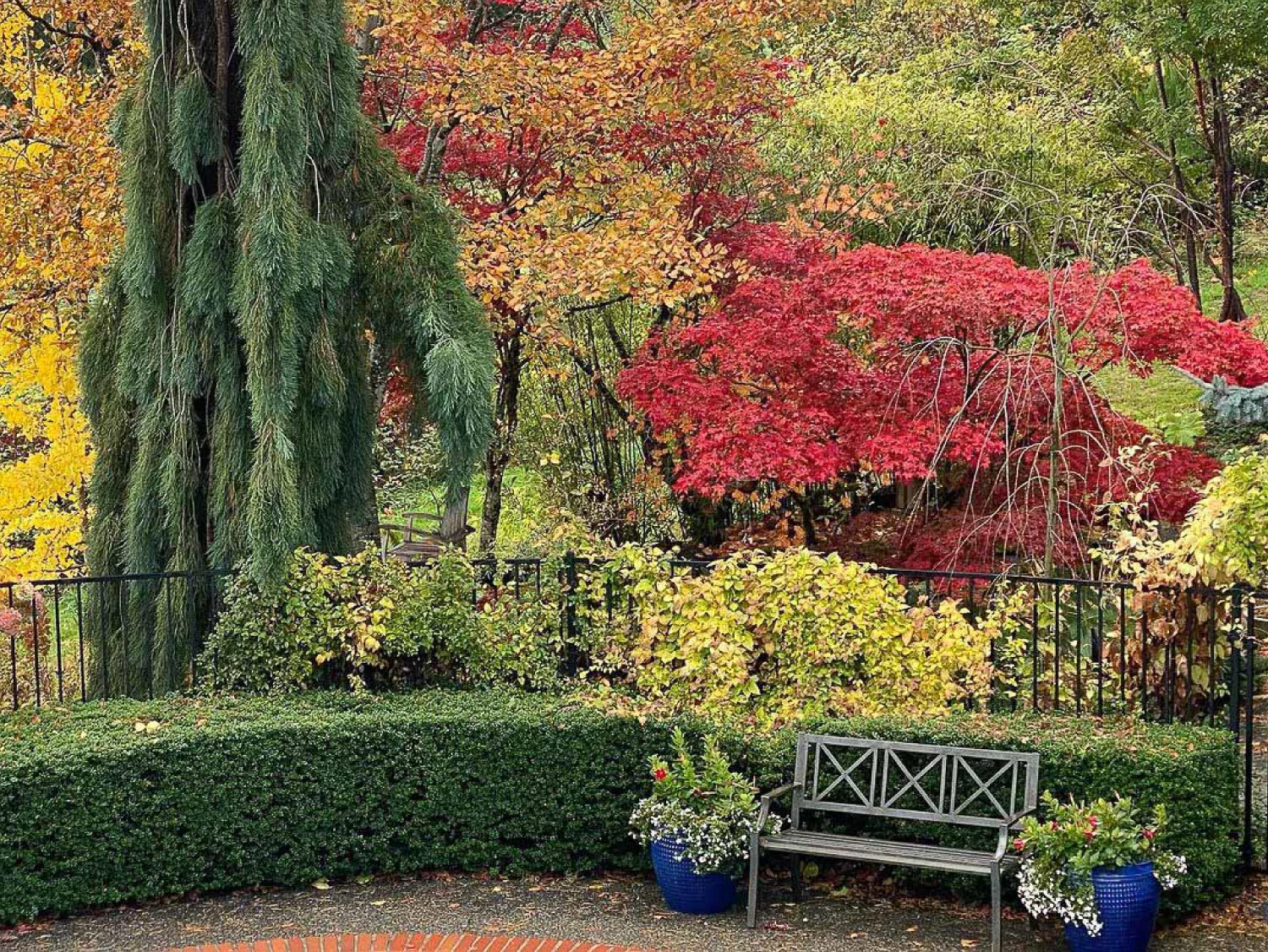
Japanese gardening techniques have refined the art of long-range gardening. Using dwarf and slow-growing varieties of trees and shrubs allows a garden to mature gracefully without overcrowding. Take a cue when planning your own backyard oasis, and research the growth habits of your plants when they mature.
In their stunning Pacific Northwest garden, the homeowners behind tahomaflora have cultivated a dream garden a little at a time. Their Japanese-influenced fusion garden is full of plants that thrive in their climate but don’t overtake their view. Additions like Japanese maples add brilliant color in the fall, striking against the green of the surrounding woods. Formal garden features like English boxwood hedges and a rod iron gate add a fusion of harmonious styles, giving the garden its unique personality.
2. Embrace Drought-Tolerant Plants
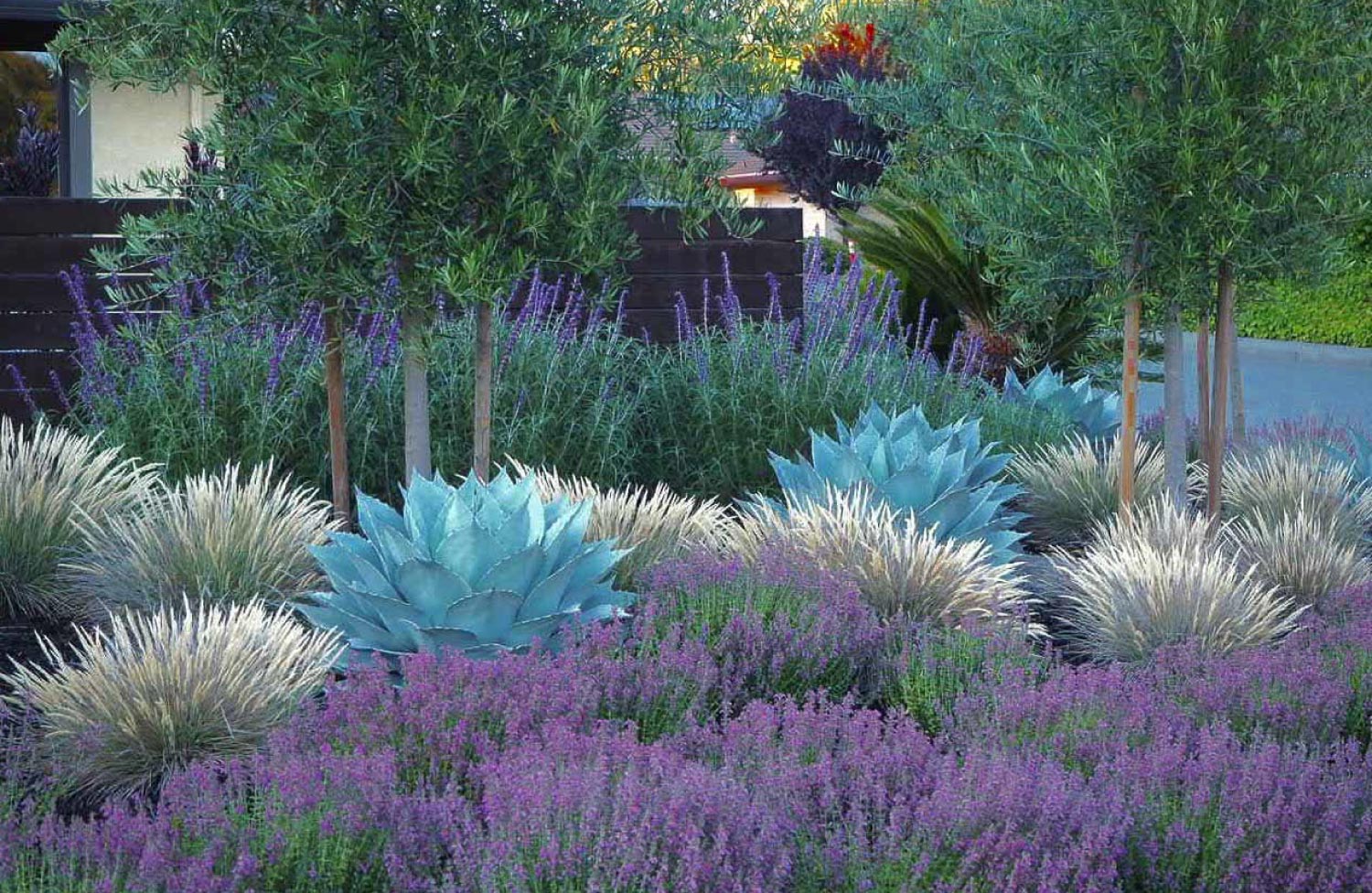
While many people associate rock gardens with drought-tolerant plants, there are plenty of ways to create the backyard garden of your dreams and add color at the same time. Create a dramatic backyard by grouping resilient plants such as ornamental grasses and salvias that have long bloom times and are low-maintenance.
In this garden in Northern Marin County, California, Michelle Derviss of Derviss Designs chose adaptive plants that are a mix of California natives and Mediterranean plants, both of which can tolerate the dry summers. The native California grass holds its soft spikes of white blooms throughout the growing season, providing a perfect contrast with the hardy wall germander, which also blooms from spring through summer. Whale’s tongue agave shines blue year-round, and the Mexican bush sage and olive trees require little water once established.
3. Go Medieval Modern

Inspired by Medieval castle gardens, the knotwork-style garden is among the most traditional cultivated gardens you can find. Because it looks so manicured, homeowners may shy away from this idea. However, the concepts and design elements are less complex than at first sight. Start by looking at your existing garden beds: Many of them are likely lined with rocks, bricks, or other borders. Consider replacing those borders with a slow-growing hedge plant such as the English boxwood, and you’ve got the beginning of this traditional garden design.
In this stunner from the design team at Studio Wellington, the client’s entire backyard became a magical garden with the fountain as its centerpiece. By creating this central anchor, all other garden elements radiate out. Rather than planting high-maintenance plants between the hedge walls, they opted for easy-going varieties like grasses and purple coneflowers.
4. Plant a Kitchen Garden
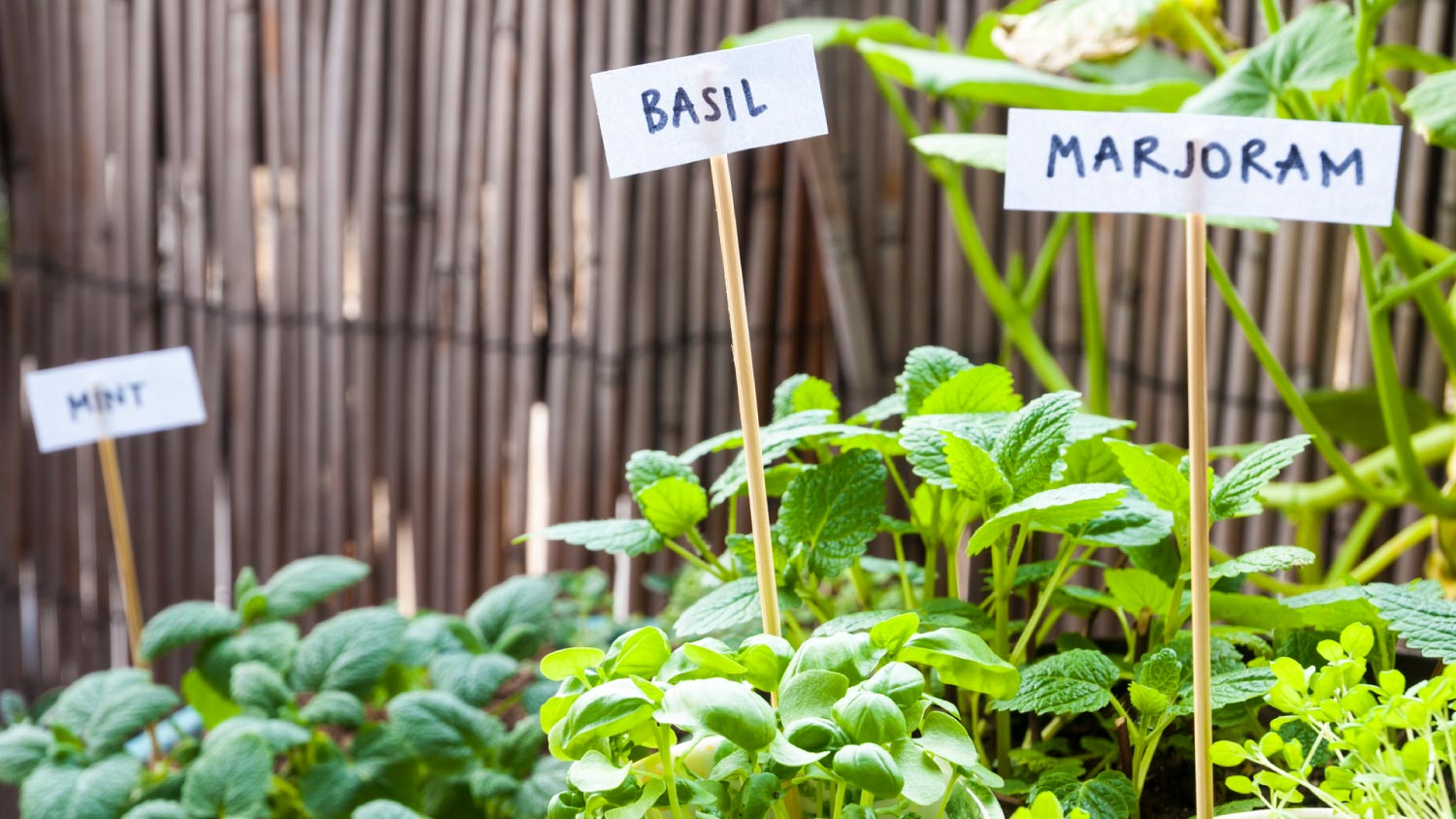
Whether you have 20 square feet or 200, dedicating part of your backyard to growing culinary herbs is inexpensive and relatively easy to do. Growing herbs in raised beds makes weed control easy, but most culinary herbs do well in small spaces and containers or can be grown directly into your existing flower beds.
Most common kitchen herbs like thyme, rosemary, oregano, chives, and basil all like the same growing requirements, meaning you can plant and tend to them on the same schedule. Herbs like basil and chives sprout quickly from seed so you can grow them for pennies a plant.
5. Grow a Medicine Garden
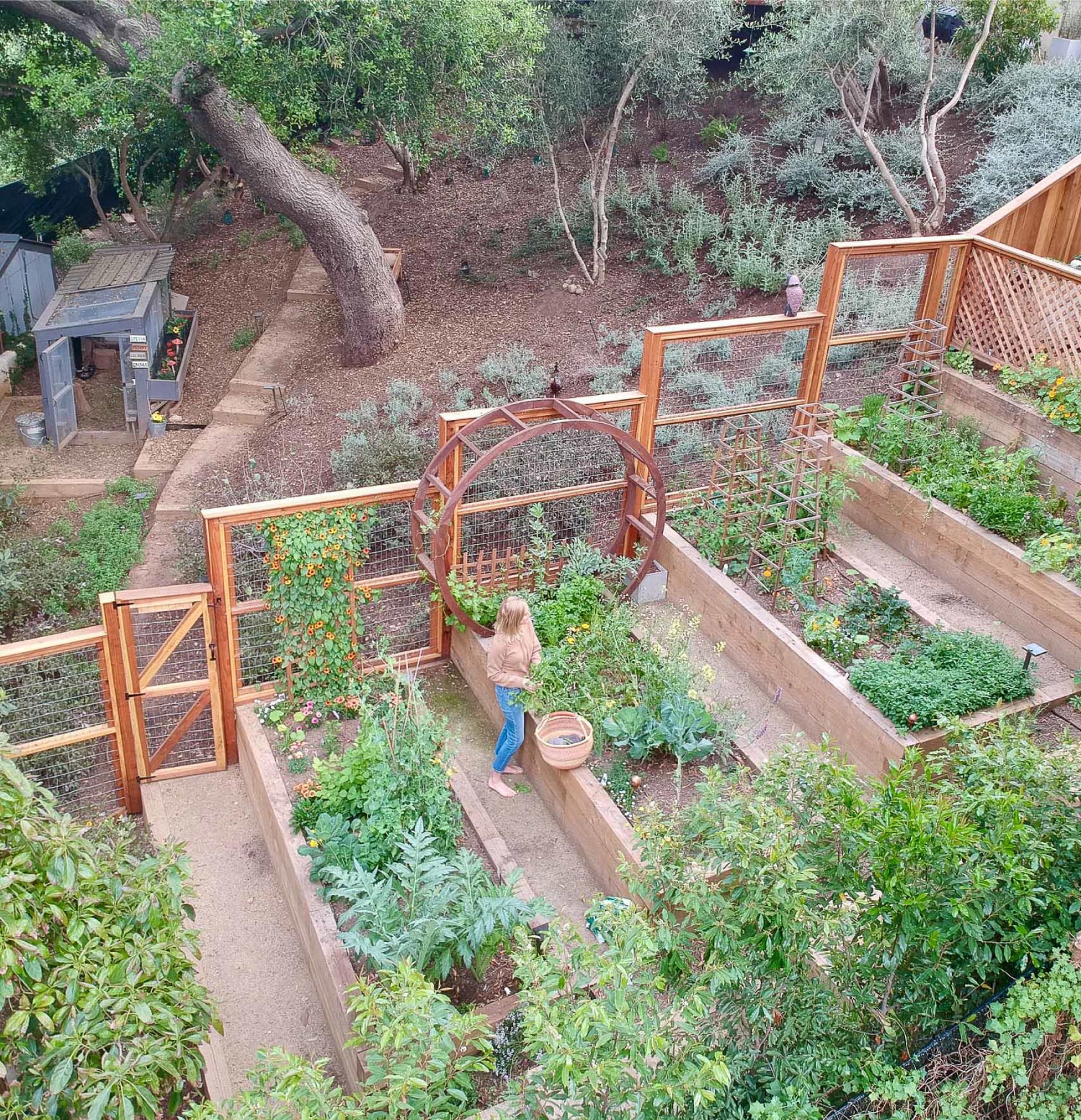
Growing a food garden can be rewarding, but what about creating a plant pharmacy in your backyard? Believe it or not, you’re likely growing some plant medicine already. Many culinary herbs have medicinal properties, and so do some of the most popular garden plants, including iris, coneflower, rose, lavender, and calendula.
A medicine garden can consist of plants that bloom at various times, attract pollinators, are edible, and provide herbal remedies for everything from skin ailments to coughs. Mary Ritti of @marys_la_garden decided to transform her entire Los Angeles, California, hillside garden into raised beds to cultivate various medicinal plants, maximizing the sloped yard and healing plant potential.
6. Plant Your Way to Privacy
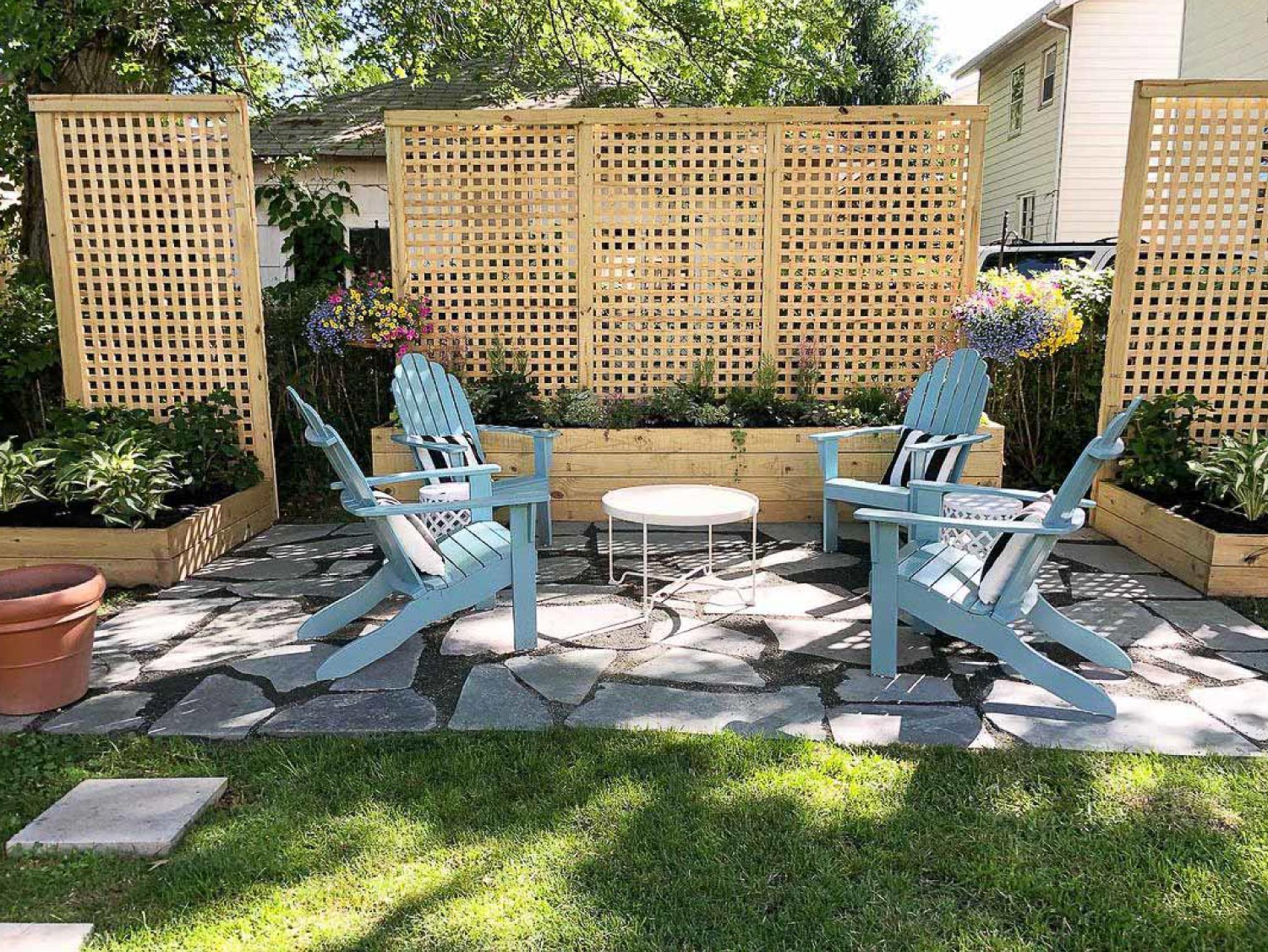
Even if you love your neighbors, having a private backyard sanctuary is a precious thing. But when you live in close quarters or don’t have a lot of growing ground, using trellis planters to create a privacy screen is a solution that looks beautiful and practical.
For Elisabeth Watson, permitting issues prevented her from having a fence taller than 4 feet in her backyard, so she and her husband got creative. They laid a small paver patio with bluestone (which they got for free) and hand-built the raised beds themselves with pressure-treated lumber and lattice panels. Not only did they gain an instant privacy fence, they added an elevated spot to grow pretty plants.
“People give things away for free—I love to reuse and recycle for the environment and my pocketbook,” says Watson. Her advice for anyone looking to make over their backyard? Even a small space can pack a big punch. And if you’re worried about your budget, check neighborhood group pages for free items.
7. Build a Terraced Garden
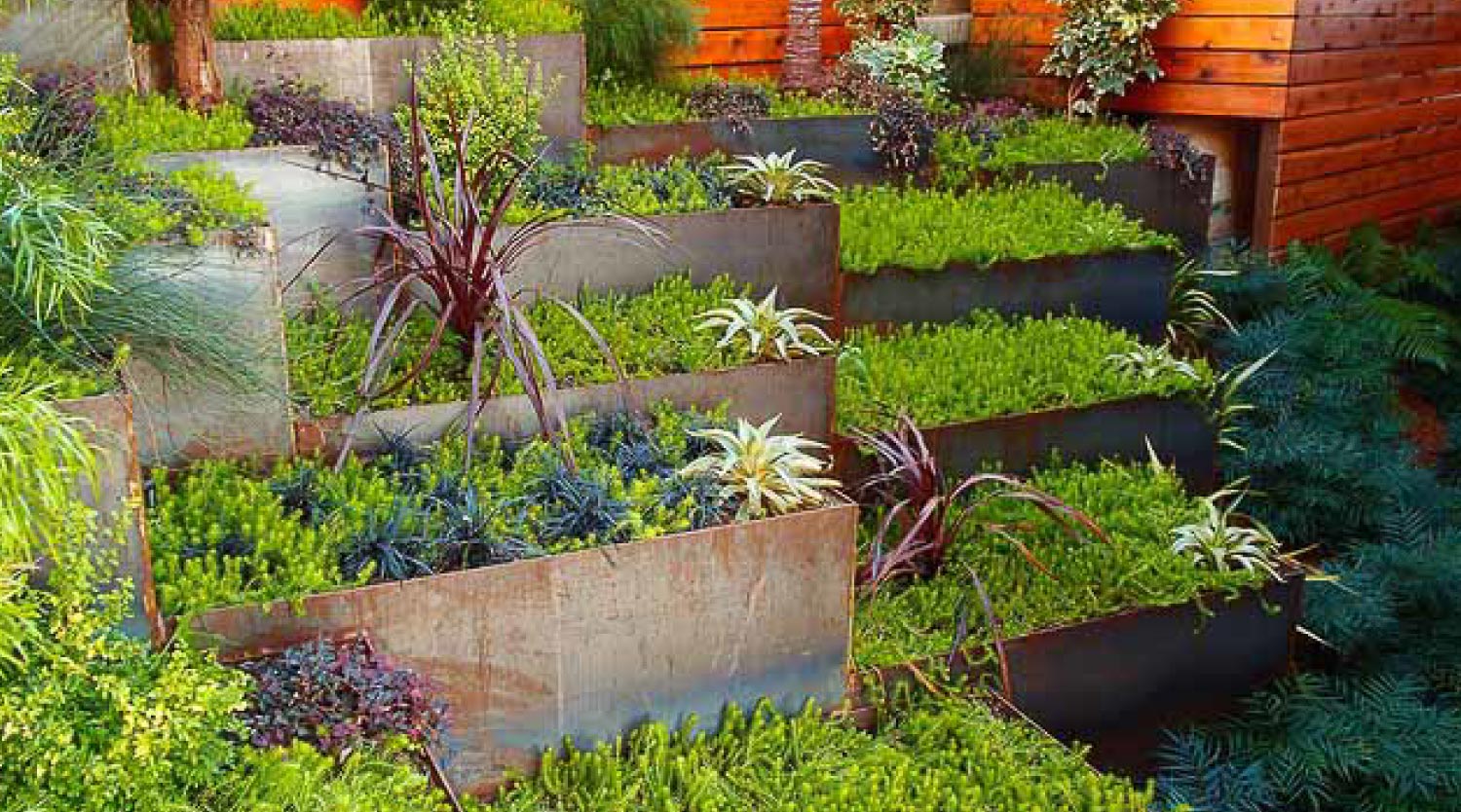
If your backyard has a hillside, don’t despair. You can still have an exquisite landscape using a variety of plants by creating a terraced garden. Because there are structural considerations, it’s a good idea to contact a local landscape contractor to help build the terrace and ensure it’s safe. You may also want to invest in drip irrigation or another irrigation system to make watering the terrace easy.
Michelle Derviss of Derviss Designs created this Berkeley, California, terraced garden. She chose a combination of striking plants, such as chartreuse sedum Angelina and black mondo grass, along with low-maintenance showstoppers like Agave ‘Joe Hoak.’
8. Plant a Prairie Garden
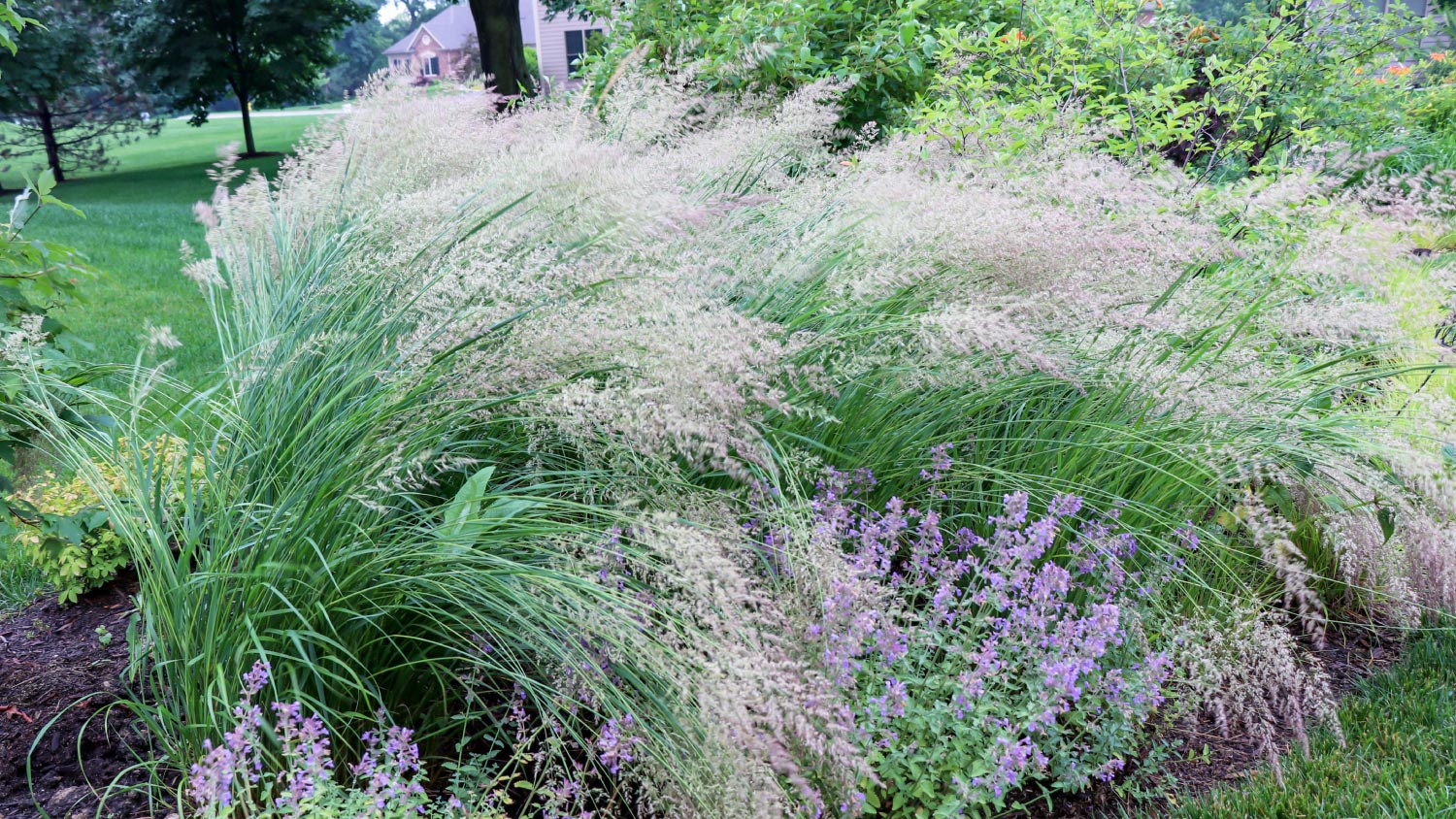
If you like the traditional feel of cottage gardens—where multiple plants of the same variety are grouped together to create a big impact—you’ll love the prairie garden aesthetic. Think streamlined cottage-style with lots of native grasses and low-maintenance plants, most of which are hardy and drought-tolerant. Create prairie garden plantings around the edges of your backyard lawn for color and texture year-round.
9. Plant a Pollinator Garden
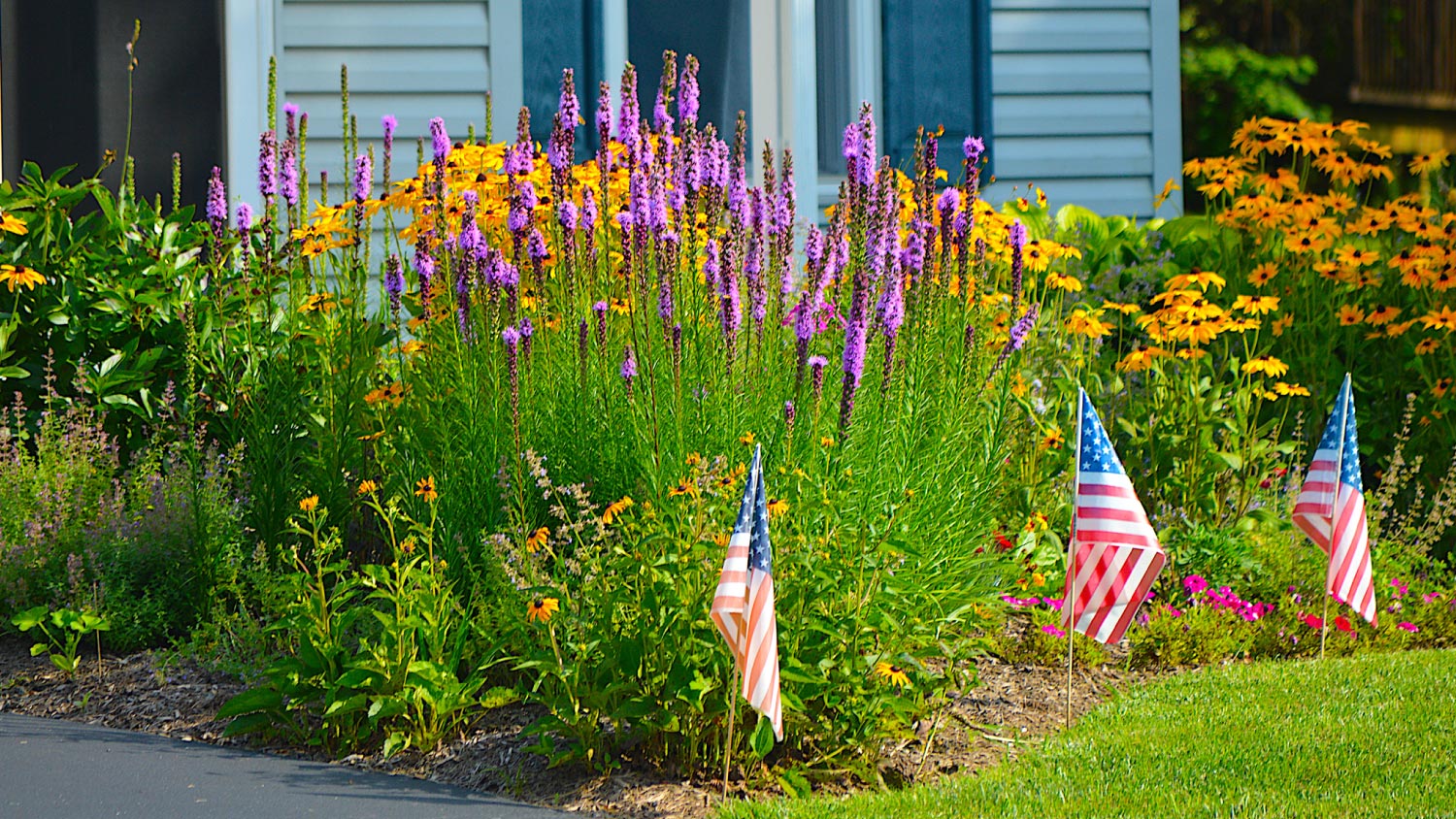
Transform your backyard into a haven for butterflies, bees, and other pollinators by replacing your lawn with pollinator-friendly plants. Not only will these be beneficial for the local pollinator population, it’s good for the rest of your garden too. By attracting insects that pollinate plants, you’re guaranteeing fruits and flowers all season long.
As an added bonus, many pro-pollinator plants—including purple coneflower, bee balm, Russian sage, and yarrow—are all low-maintenance and drought-tolerant once established.
10. Build a Backyard Bee Farm
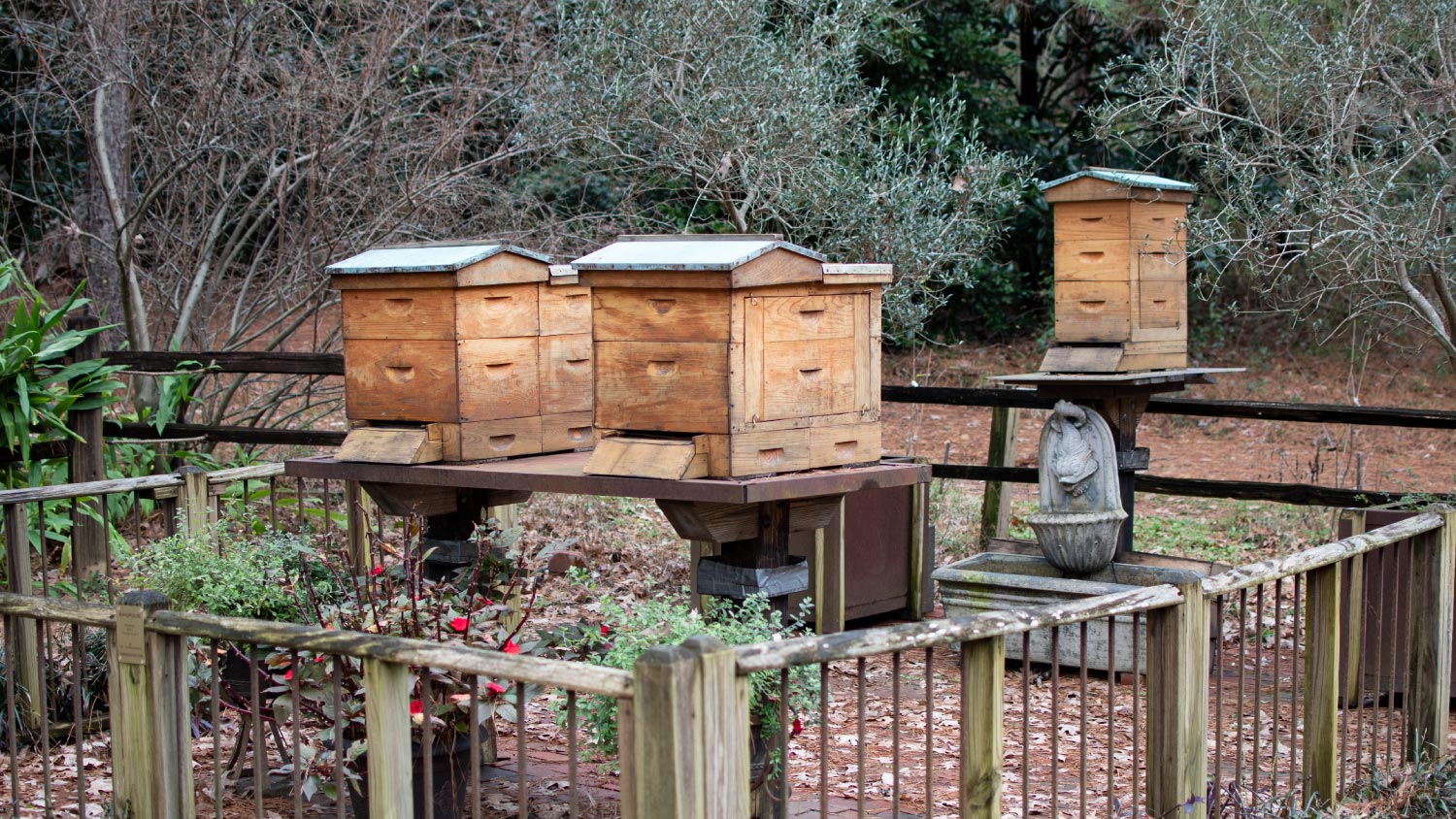
Bees require less space than you might imagine, which means even people in urban areas can have beehives in their backyard. If you want to take your love of bees one step farther, consider dedicating your backyard to creating a bee habitat. Start by taking a beekeeping class in your area to understand the process of beekeeping. There are also beekeeping organizations that’ll help tend the bees if you allow the use of your backyard.
There are many different types of beneficial bees and habitats you can create beyond honeybees. Mason bees make their homes in small cells they lay their eggs in, and you can purchase mason bee habitats to put throughout your garden. Add pollinator-friendly plants, and your garden will soon be all a-buzz.
11. Compose a Tropical Beauty
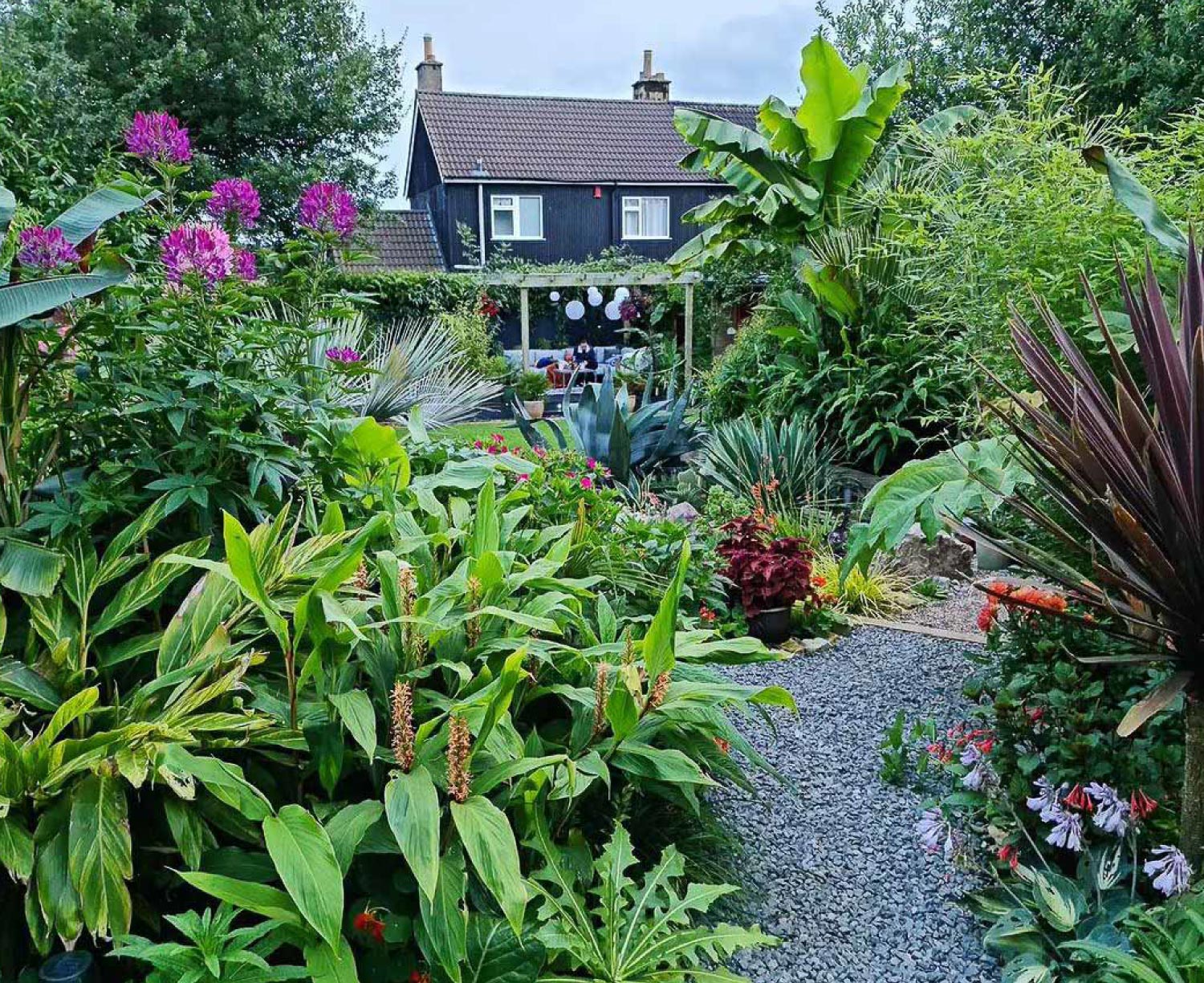
When designing a backyard, many homeowners want their garden grounds to feel lush and spacious all at once. For a truly secret garden feel, instead of leaving open areas for lawn or a large pond or pool, fill the space with plants and create paths and hidden seating areas throughout.
Don’t limit yourself by your climate. While it’s important to plant for your USDA hardiness zone, that doesn’t mean you can’t get a tropical garden outside of Zone 10b. In his garden, Nigel Phillips of @somersetjungleuk has created an oasis that could be in the South Pacific (or maybe Los Angeles) but is actually in Somerset, United Kingdom. By using varieties of plants that look tropical but can survive the winter combined with tender plants, his garden has grown into a beautiful jungle.
12. Add a Small Space Pool
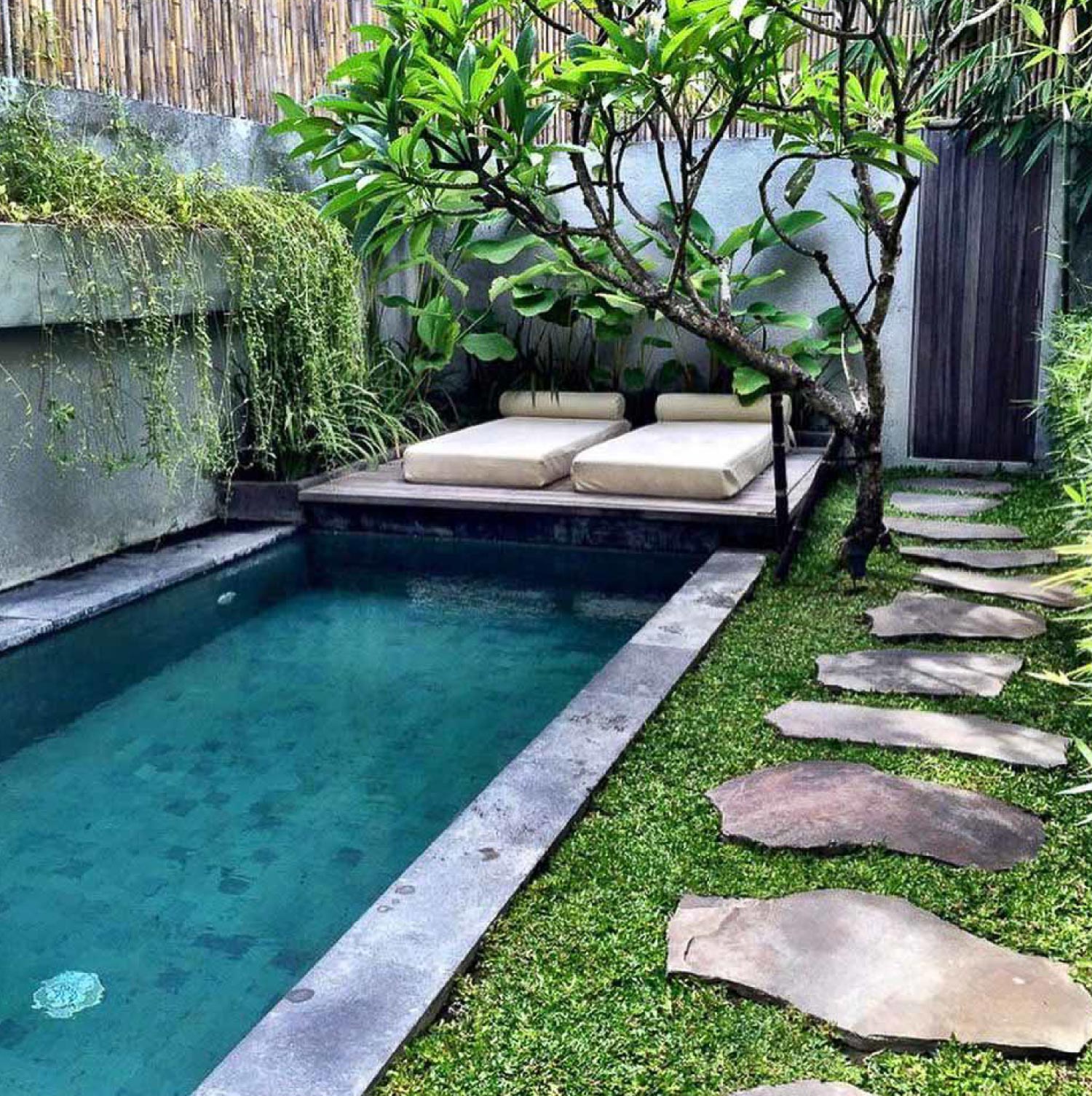
Your backyard doesn’t have to be big enough to hold an Olympic-size swimming pool. More and more, homeowners are scaling their swimming pools down to fit smaller backyards. Even a narrow backyard can have a place to swim.
Like the pool above, @kissan_pool can scale swimming pools down for clients who have smaller yards. An elevated platform serves as both a place to lounge and a spot to dive in from, and the landscaping takes advantage of every square inch. Contact a top-rated pool company near you to help realize your small space pool dreams.
13. Add a Flower Arch
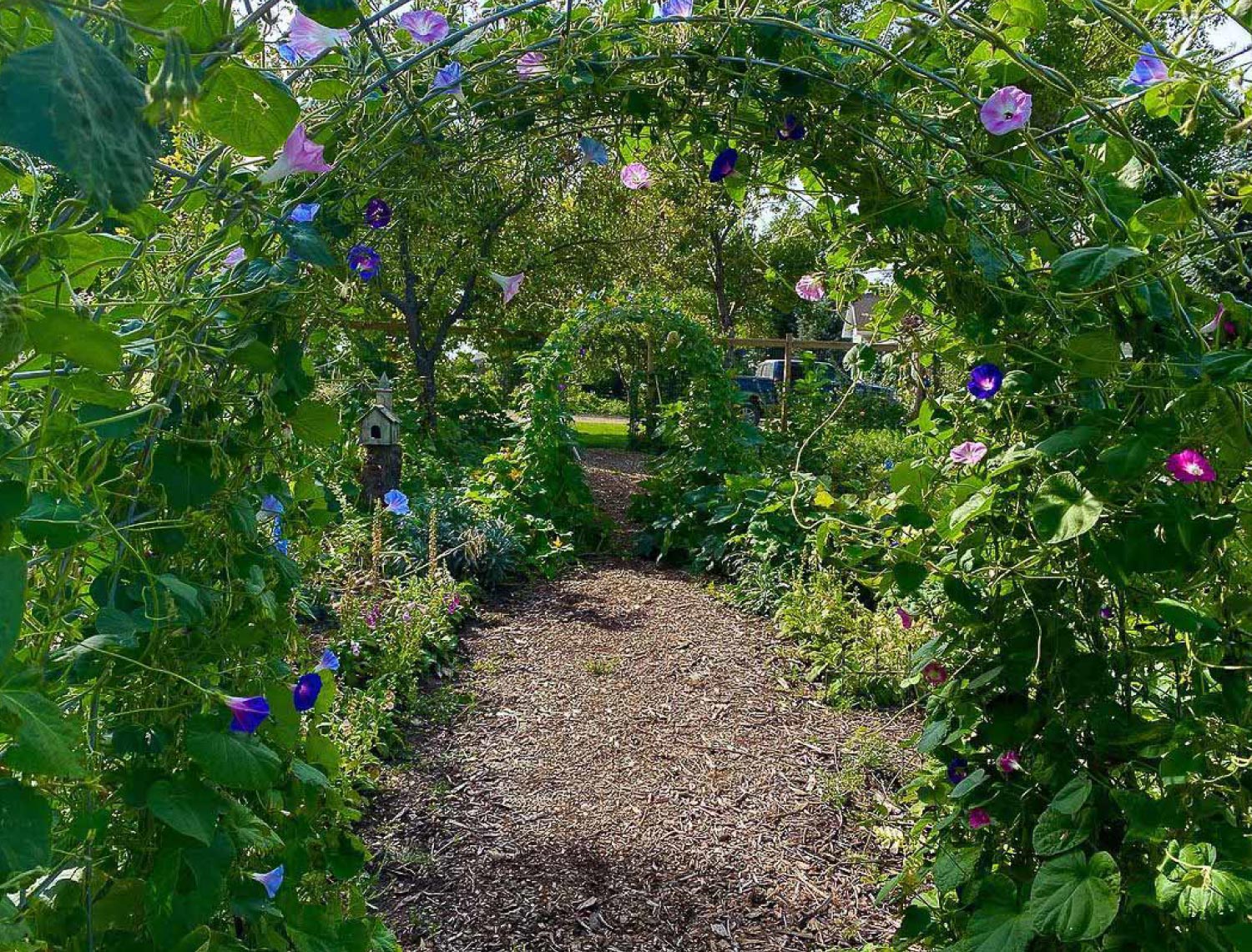
Take up some vertical space by creating an archway or tunnel and planting fast-growing morning glory vines. The effect of walking under a tunnel of flowers is enchanting and easy to maintain. If you like the tunnel effect, try growing beans, pumpkins, or cucumbers over a tunnel. You’ll create a natural shade barrier underneath, and picking will be easy as pie.
In a backyard where flowers reign supreme, Cynthia Steed of @wyndsweptgarden created this amazing morning glory tunnel as a central feature in her cutting garden. From hardy dahlias to abundant daisies, Cynthia grows dozens of varieties of flowering perennials and creates beautiful floral arrangements.





- Landscapers
- Tree Surgeons
- Gardening Services
- Landscape Architects
- Sod Installation
- Tennis Court Contractors
- Landscape Design
- Retaining Wall Companies
- Grading Companies
- Landscape Rock & Sand Delivery
- Mulch Delivery Services
- Pond Companies
- Artificial Grass Companies
- Shrub Removal & Trimming
- Backyard Design Companies
- Commercial Landscaping
- Koi Pond Services
- Backyard Landscapers
- Trampoline Assembly
- Hedge Trimming
- Pond Services
- Garden Design
- Outdoor Plant Watering
- Putting Greens
- French Drains
- Turf Installation
- Sod Removal Services
- Lawn Repair Services
- Brush Chipping Services
- Hardscape Contractor
- Landscape Rock Removal
- 47 Landscaping Ideas to Consider for Your Home
- 41 Backyard Landscaping Ideas for Next-Level Outdoor Living
- 18 Low-Maintenance Landscaping Ideas
- 14 Creative Home Garden Ideas That Inspire
- 21 Creative Garden Ideas for the Smallest Spaces
- Plant Like a Pro: 9 Gardening Influencers Share Their Secrets to Growing Thriving Plants
- How to Keep Your Pandemic Garden Blooming This Spring
- 11 Tips for Creating a Bountiful Backyard Garden
- 9 Garden Styles to Inspire Your Outdoor Sanctuary
- 15 Tips to Help You Plan a Gorgeous Perennial Garden















